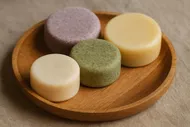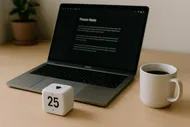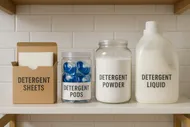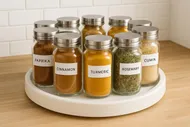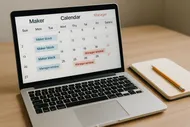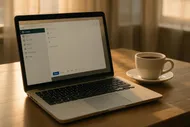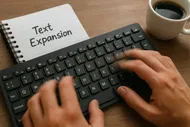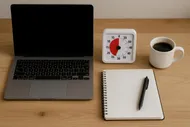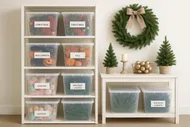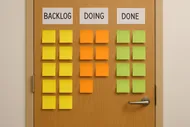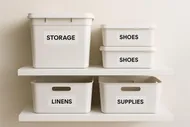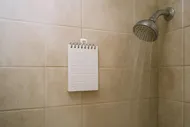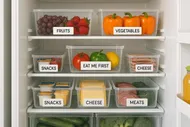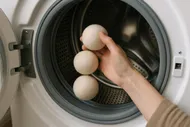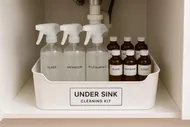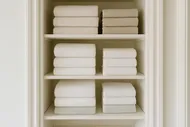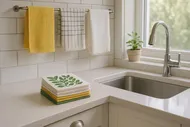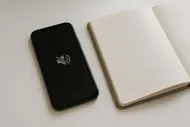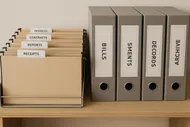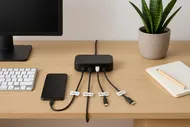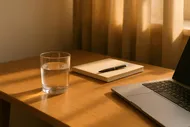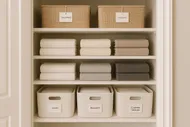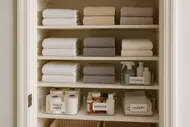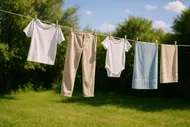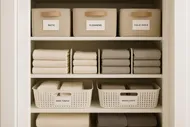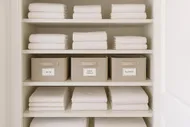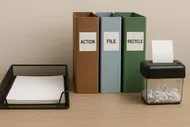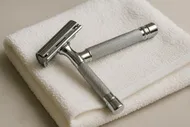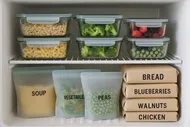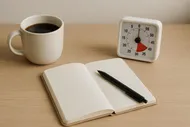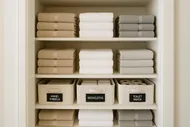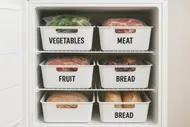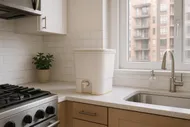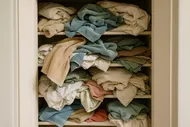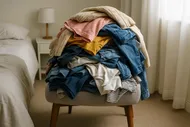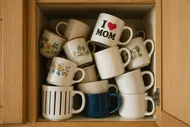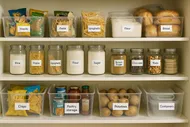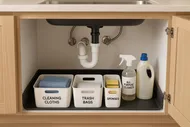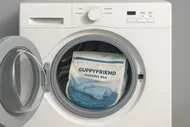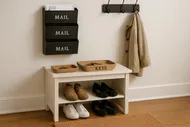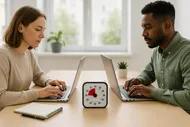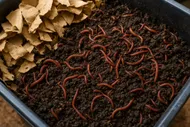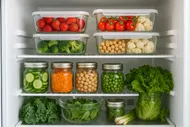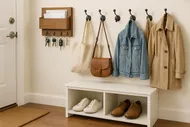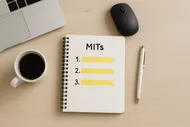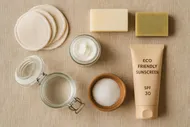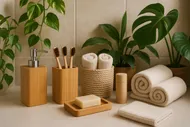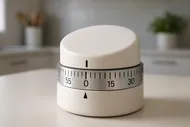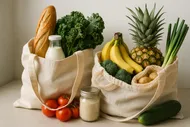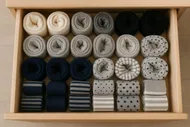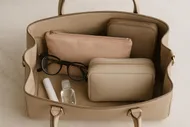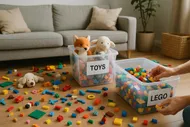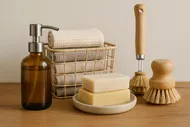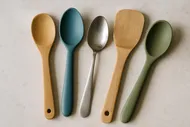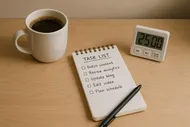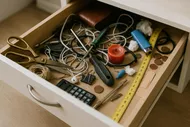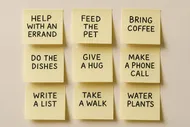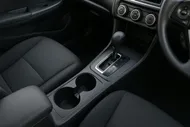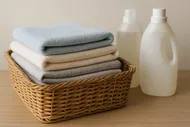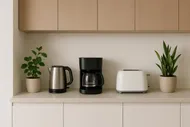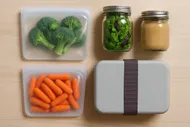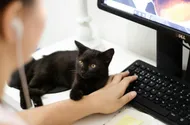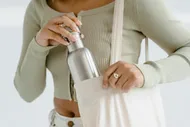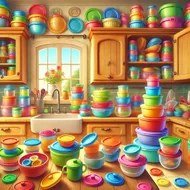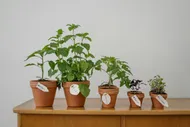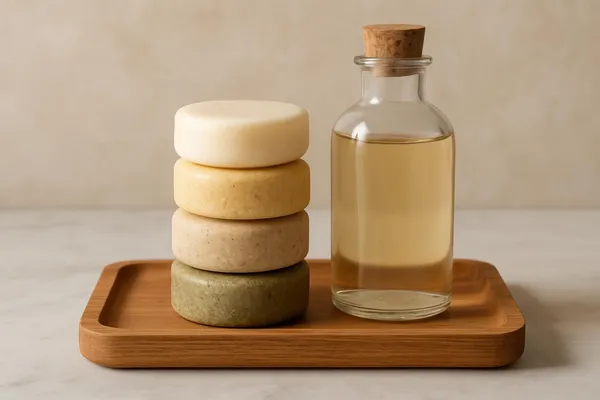
If you have ever pulled a sweater out of the wash and found it a little fuzzier than when it went in, you have seen shedding in action. What we do not see as easily are the tiny synthetic fibers that wash down the drain with every cycle. These microfibers are the glitter of the pollution world: they get everywhere, they are hard to clean up, and they tend to stick around. The good news? With a couple of smart tools and a few low-drama habit tweaks, you can cut that microfiber flow dramatically and help keep waterways clearer than your favorite mason jar.

Why this matters
Microfibers are teeny fragments shed from synthetic clothes like polyester, nylon, and acrylic. Once they enter rivers and oceans, they can be ingested by marine life and make their way up the food chain. The biggest single source? Laundry day. The solution does not require perfection—just a few smart upgrades and you are golden.
What exactly is shedding in your spin cycle?
Every time synthetic fabrics rub against each other, fibers break free. Think fleece jackets, yoga leggings, performance tees, microfiber cloths, and that cozy acrylic sweater that looks like a cloud. Studies estimate that a single load can shed hundreds of thousands of fibers, especially when the wash is hot, long, or extra abrasive. But we have control levers:
- Wash on cold or warm instead of hot.
- Choose shorter, gentle cycles.
- Run full loads to reduce friction.
- Favor liquid detergent (less abrasive than powders).
- Skip or reduce high-heat drying, which can further weaken fibers for next time.
If you want an easy primer on smart settings that also save money, peek at our friendly guide: Eco-Friendly Laundry Hacks: Save Money and the Planet.

Meet the microfiber busters: bags, balls, and filters
Not all solutions look the same—and that is great news. You can pick based on your setup, budget, and DIY spirit.


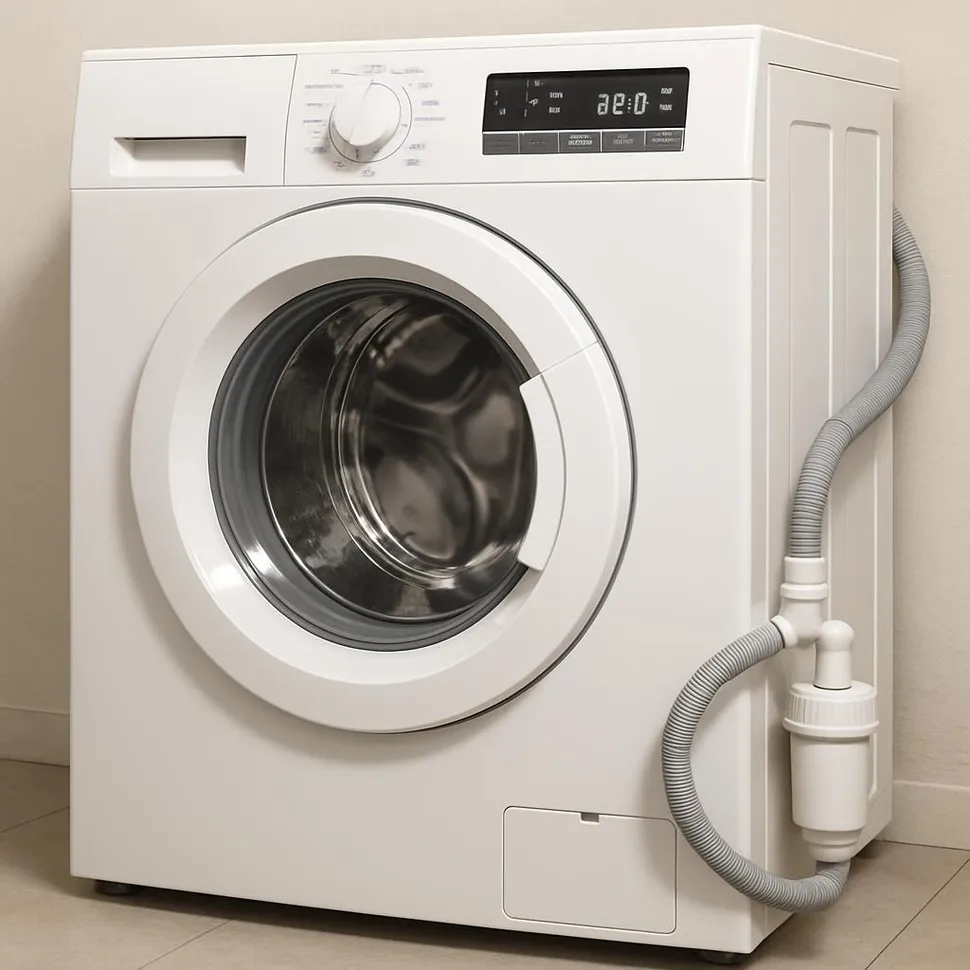
- Guppyfriend Washing Bag: A high-quality, zippered wash bag that reduces shedding and traps microfibers inside the bag.
- Cora Ball: A tennis-ball-sized laundry ball with flexible arms that snag floating fibers.
- External Filters (Filtrol, PlanetCare, Lint LUV-R): Hardware installed on your washer’s drain line to capture a big portion of fibers before they enter plumbing.
Want to see the products in action or read more? Here are official pages:



Important disposal tip
When you collect fibers (from a bag, ball, or filter), toss them into the trash—not down the sink or toilet. Flushing reintroduces them to wastewater. If you are on a septic system, check your manual or a local pro before installing external filters.
Do they work? Real-world pros, cons, and what to expect
Let us keep this practical. No lab coat required—just honest expectations, based on manufacturer data and independent tests summarized in plain English.
Guppyfriend Washing Bag
- What it does: Reduces shedding by creating a smoother environment and collects fibers inside the bag seams.
- Capture: Works best with high-shed items (fleece, synthetics). You will likely see lint lines inside after several washes.
- Pros: Easy, renter-friendly, zero install, protects delicate garments.
- Cons: Limited capacity; you must sort synthetics into the bag; larger items can hog space.
- Who it is for: Apartment dwellers and beginners who want an instant, low-effort win.

Cora Ball
- What it does: Toss it in the washer; its soft arms snag fibers from the water.
- Capture: Good as a second line of defense, especially across mixed loads. You remove the fuzz from the ball periodically.
- Pros: No sorting; set-and-forget simplicity; lasts for years.
- Cons: Works best with more water movement; you will not capture every fiber; needs occasional cleaning.
- Who it is for: Households that do not want more sorting and already wash full loads on gentle settings.

External Filters (Filtrol, PlanetCare, Lint LUV-R)
- What they do: Sit on your washer’s outflow line to physically trap fibers.
- Capture: The most robust reduction of fibers across all loads. Filters vary: reusable mesh bags, cartridges you swap and return, or stainless canisters with screens.
- Pros: Whole-house solution for laundry; works for every cycle and fabric; big capture volumes.
- Cons: Higher upfront cost; basic DIY install or plumber visit; recurring maintenance (emptying bags or swapping cartridges).
- Who they are for: Homeowners and determined renters who want a one-and-done install with maximum impact.

Small fibers, big impact. Choose the solution you will use every week, not the one that gathers dust in the closet.
Chloe Greenfield
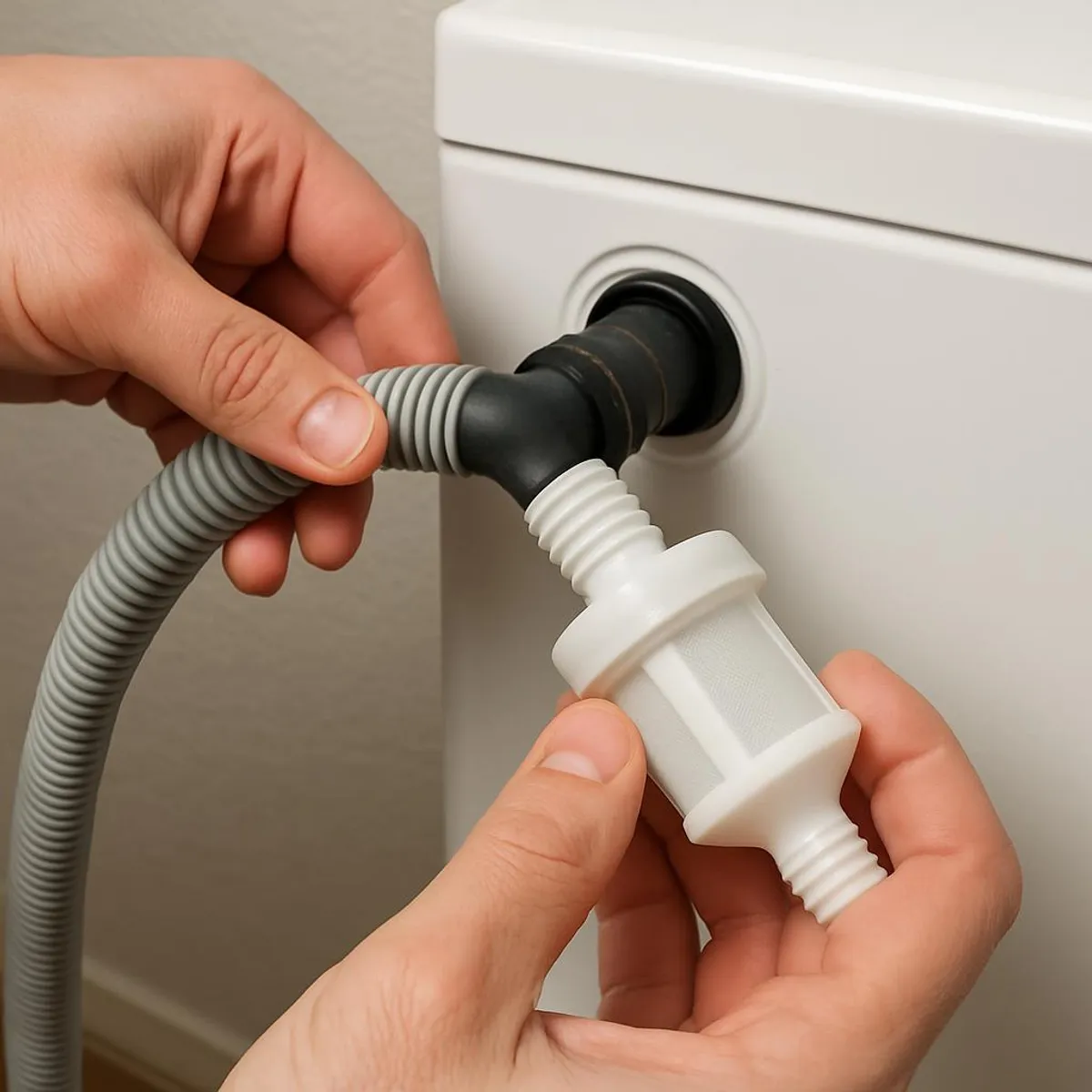
Side-by-side at a glance
Because we love a tidy comparison:
- Guppyfriend Bag
- Install: None
- Use: Put synthetics inside bag each wash
- Maintenance: Shake out fibers, wipe seams
- Cost: Medium upfront, no consumables
- Best for: Renters, beginners, delicates
- Cora Ball
- Install: None
- Use: Toss in every load
- Maintenance: Pull fibers from the ball occasionally
- Cost: Medium upfront, no consumables
- Best for: Mixed loads, simplicity lovers
- External Filter (Filtrol/PlanetCare/Lint LUV-R)
- Install: Inline with drain hose
- Use: Works every cycle in the background
- Maintenance: Empty bags or swap cartridges
- Cost: Higher upfront, periodic consumables
- Best for: Max capture, long-term households
If you are updating laundry routines anyway, you might appreciate the budget-boosting tips in Eco-Friendly Laundry Hacks: Save Money and the Planet. Saving energy and water pairs beautifully with microfiber capture.
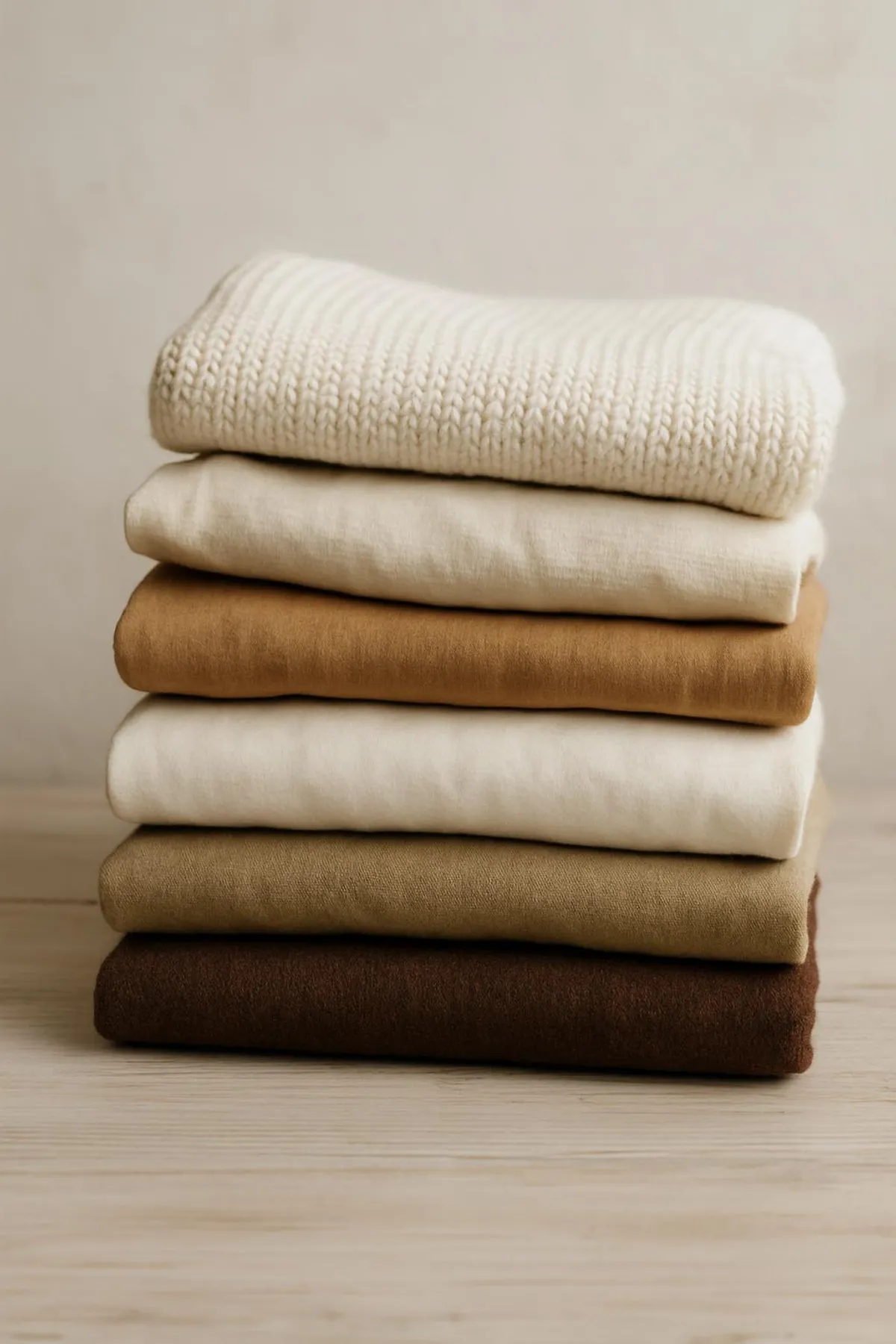
Washing habits that cut shedding (free and easy)
Before you buy anything, try these tweaks. They are like swapping stilettos for sneakers—you will feel the difference fast.
- Wash colder and shorter. Heat and long cycles equal more friction and fiber breakage.
- Run full loads. Clothes cushion each other instead of sandpapering.
- Choose liquid detergent. Less gritty than most powders, which can abrade fabrics.
- Skip harsh stain-scrubbing pads on synthetics.
- Air-dry when you can. Excess dryer heat weakens fibers for the next wash.
- Pre-wash new synthetics in a capture bag. New items shed more at first.
- Prefer tightly woven synthetics and higher-quality knits. Loose, fuzzy surfaces shed more.
- Buy fewer synthetics over time. Natural fibers like cotton, linen, hemp, and wool do not create plastic microfibers. For smart, stylish swaps, see Sustainable Fashion for Every Budget: How to Build a Greener Wardrobe Without Breaking the Bank and How to Start a Capsule Wardrobe for Any Season.
DIY-friendly bonus
Love home concoctions? Gentle, DIY laundry solutions often reduce abrasion and help clothes last longer. Get started with Greener Clean: DIY Eco-Friendly Cleaning Products for Every Room, then adapt your favorites for laundry day.
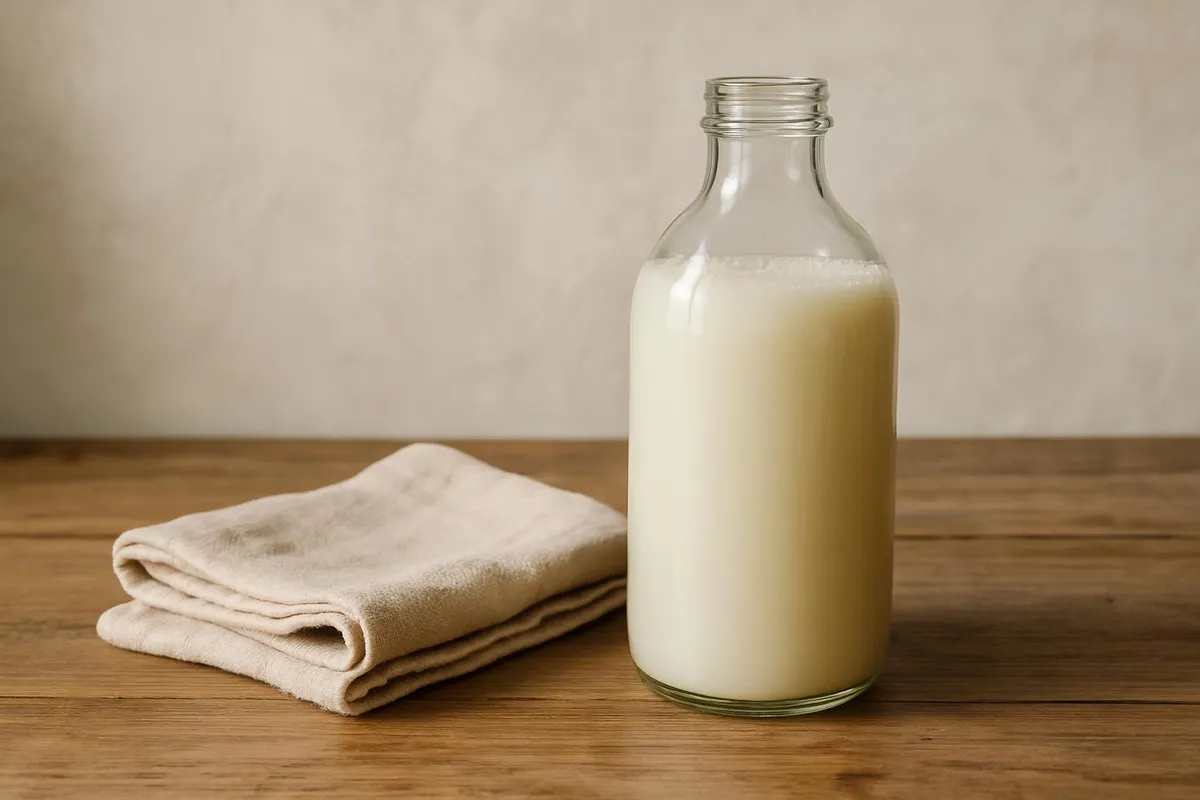
Cost-per-use math (so you know what you are really paying)
Let us crunch light numbers with simple assumptions. Actual prices vary, but this gives you a feel.
- Guppyfriend
- Approx. price: $35
- Lifespan: 500+ washes (with care)
- Cost per use: $35 / 500 = $0.07 per load
- Cora Ball
- Approx. price: $38
- Lifespan: Multi-year (let us say 5 years at 3 loads/week ≈ 780 loads)
- Cost per use: $38 / 780 ≈ $0.05 per load
- Filtrol (as an example external filter)
- Approx. price: $160 unit + $15 replacement bag (every ~3-6 months, household dependent)
- Over 2 years at 5 loads/week (≈ 520 loads), assume 4 replacement bags ($60)
- Total: $220 / 520 ≈ $0.42 per load in first two years, decreasing in later years as you only replace bags
- PlanetCare (cartridge model example)
- Starter and cartridges vary; assume $75 starter + $60/year in cartridges (return + refill program)
- Over 2 years at 5 loads/week (≈ 520 loads): $195 / 520 ≈ $0.38 per load
What this means: bags and balls are budget-sweethearts for renters and small households; external filters shine for families running lots of loads, especially over the long term where the per-load cost dips as the upfront spend is amortized.
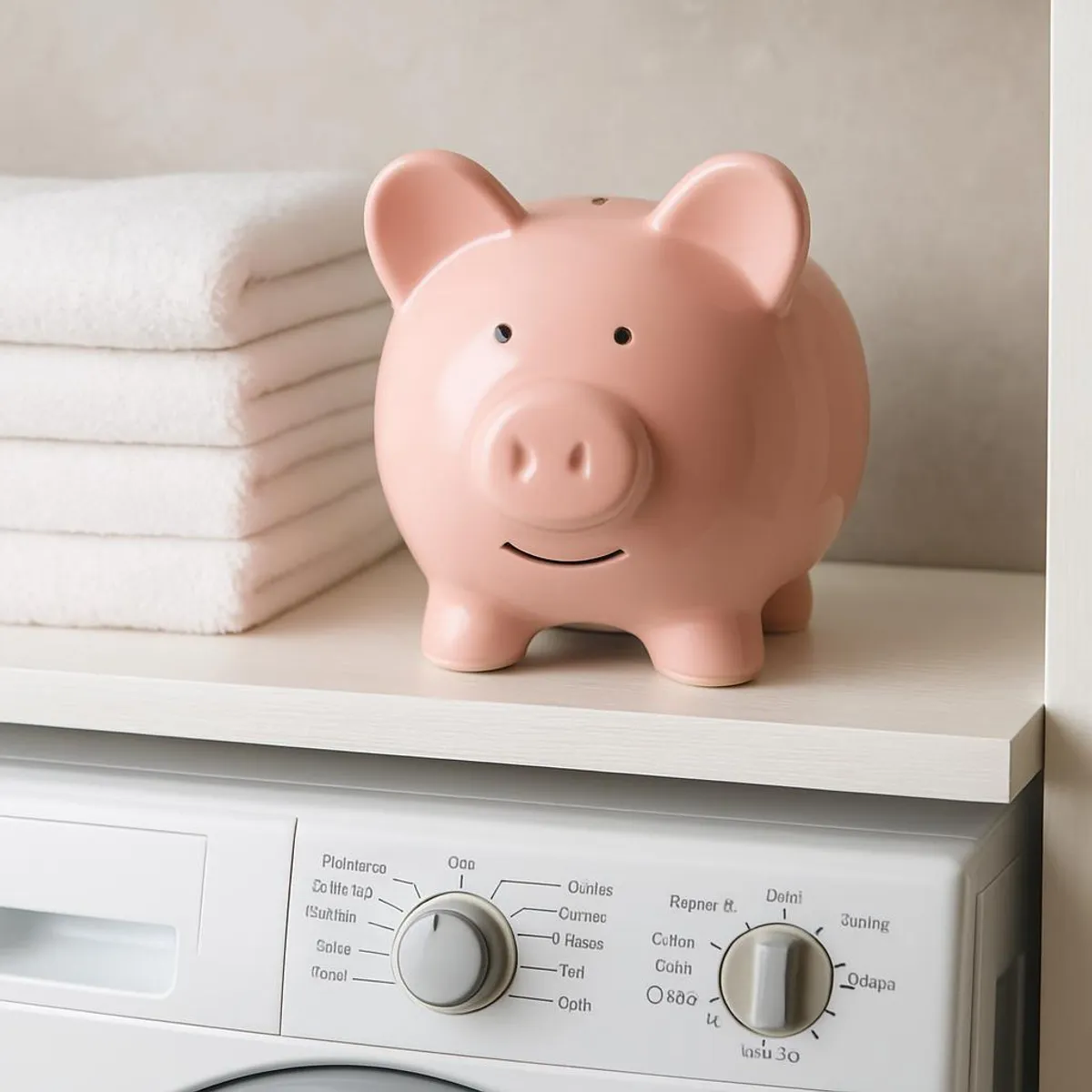
A simple plan: pick your level and start this week
No perfection pressure. Choose the rung that matches your life right now.
- Level 1: The Quick Win
- Shift to cold, shorter cycles; wash full loads.
- Add one Guppyfriend bag for synthetics.
- Empty fibers into the trash weekly.
- Level 2: The Set-and-Forget
- Keep Level 1 habits.
- Toss in a Cora Ball for every load.
- Add a second Guppyfriend bag if you have lots of athletic wear.
- Level 3: The Whole-Home Fix
- Keep Level 1 and 2 habits.
- Install an external filter (Filtrol, PlanetCare, or Lint LUV-R).
- Put a recurring reminder to service the bag/cartridge and check hoses.
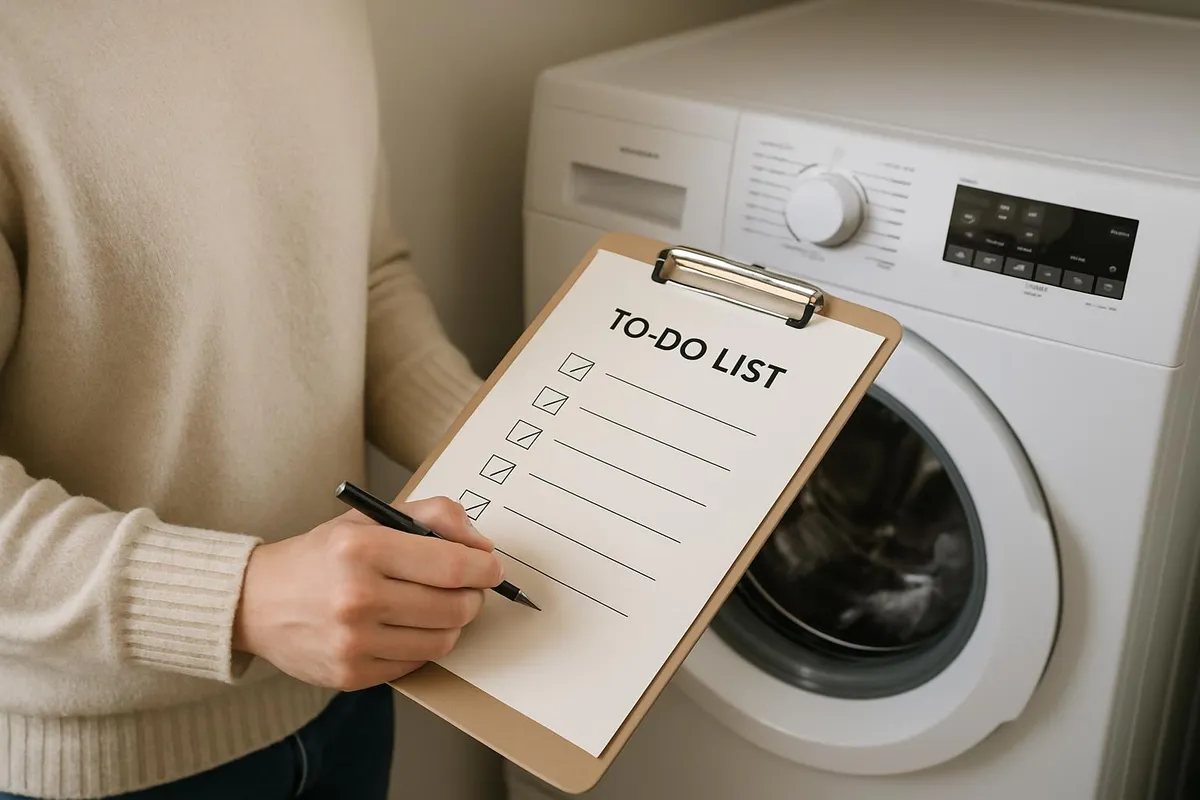
7-Wash Microfiber Challenge
For your next 7 laundry loads:
- Wash on cold, gentle, and full.
- Use one capture tool (bag, ball, or filter).
- Empty captured lint into the trash. Track how much fuzz you collect and how your clothes look after. Share your wins and tag us on Instagram at @mysimple.life.official. Small fibers, big progress!
Troubleshooting: little snags, easy fixes
- My Guppyfriend is not catching anything.
- Make sure the zipper is fully closed, and load it with synthetics that actually shed (fleece, workout gear). After several washes, check seams for fiber buildup.
- The Cora Ball looks clean.
- Check after multiple cycles. Fibers can be fine; they tend to clump over time. If you use a very small water level, you may see less capture—still helpful as a backup.
- The external filter is overflowing or backing up.
- Stop the machine immediately. Check the bag or cartridge—if it is full, replace or empty it. Inspect hoses for kinks, and ensure the unit is mounted upright per the instructions.
- My clothes take longer to dry.
- That is likely unrelated to microfiber tools; clean your dryer’s lint trap and vent for safety and efficiency.
- I do not own many synthetics—should I bother?
- Even a handful of workout pieces adds up over the year. If budget is tight, start with habits (cold, gentle, full loads) and consider a Cora Ball for easy, whole-load support.
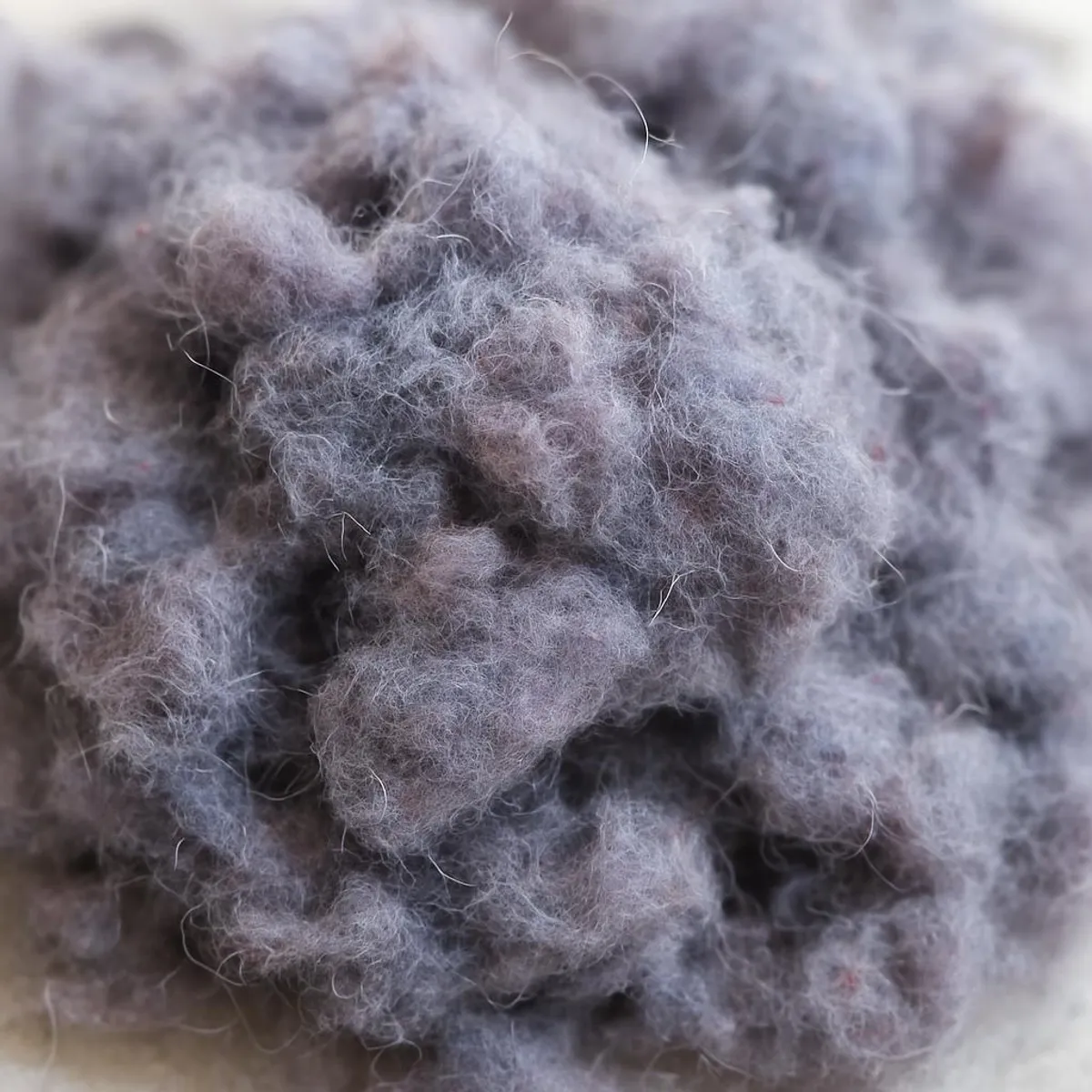
Beyond the washer: design your wardrobe to shed less
Long-term, the greenest hack is wearing and caring for clothes that last. Choosing durable weaves, mending snags, and gradually pivoting toward natural fibers can reduce microfiber shedding while keeping your style on point. If you want a roadmap that is fun and closet-calming, read How to Start a Capsule Wardrobe for Any Season. You can also thrift and upcycle to stretch every garment’s lifespan—see Sustainable Fashion for Every Budget: How to Build a Greener Wardrobe Without Breaking the Bank.
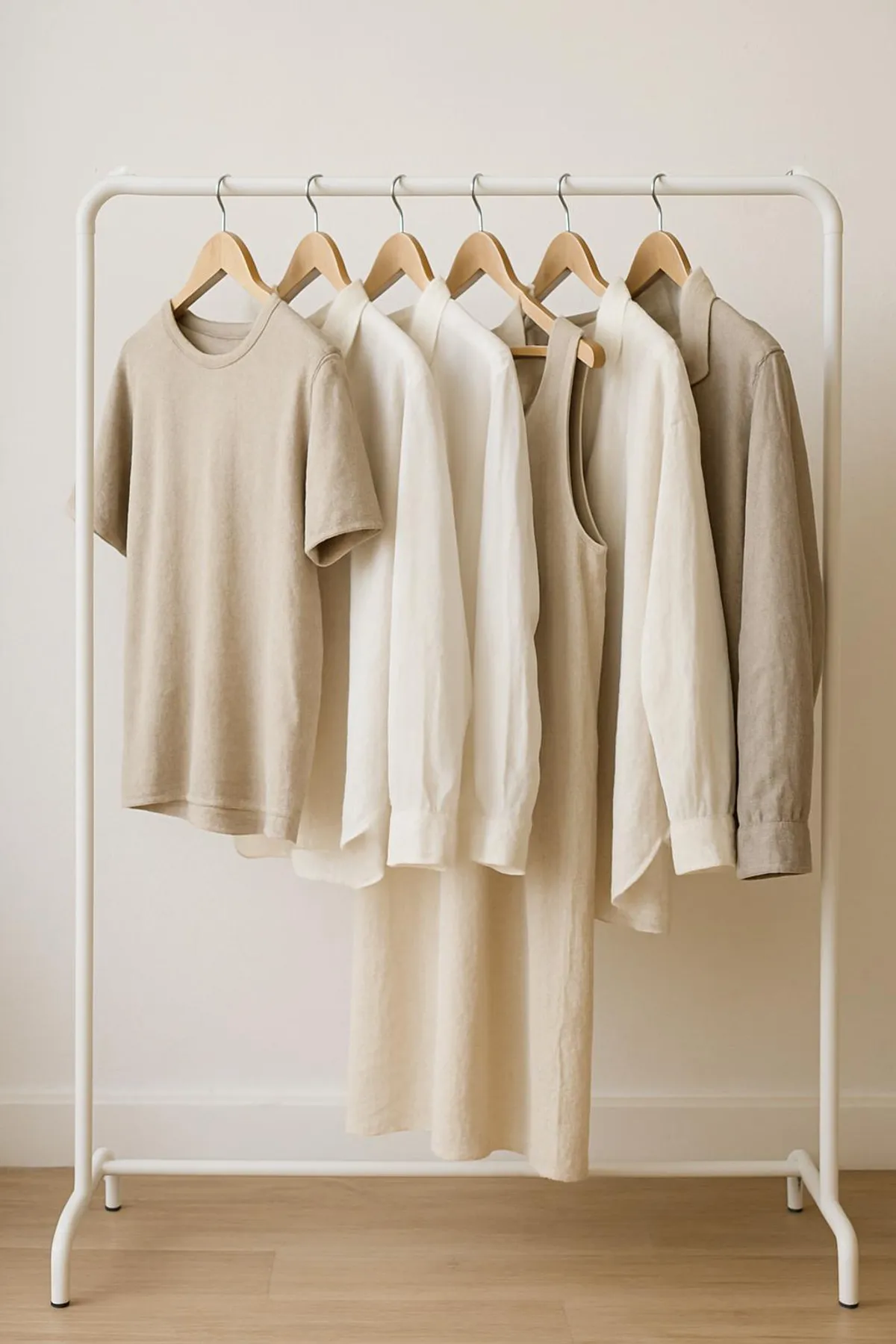
Affiliate note
Some outbound product links may be affiliate links, which help support MySimple.life at no extra cost to you. We only mention tools we would genuinely use in our own laundry rooms.
The take-home spin
Laundry will never be the star of anyone’s week, but small tweaks add up fast. Start with cold, gentle, full loads. Add a Guppyfriend or Cora Ball for instant progress, then graduate to an external filter if you are ready for the big leagues. Pair these with a wardrobe that sheds less, and you have just turned your home into a tiny clean-water hero station.
And if you need a little extra motivation, queue up a 20-minute wash, light a candle, and let your future self bask in the glow of a greener laundry routine. One load, one fiber, one habit at a time—we have got this.



